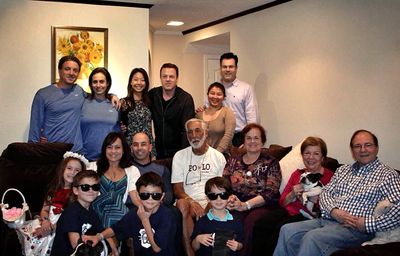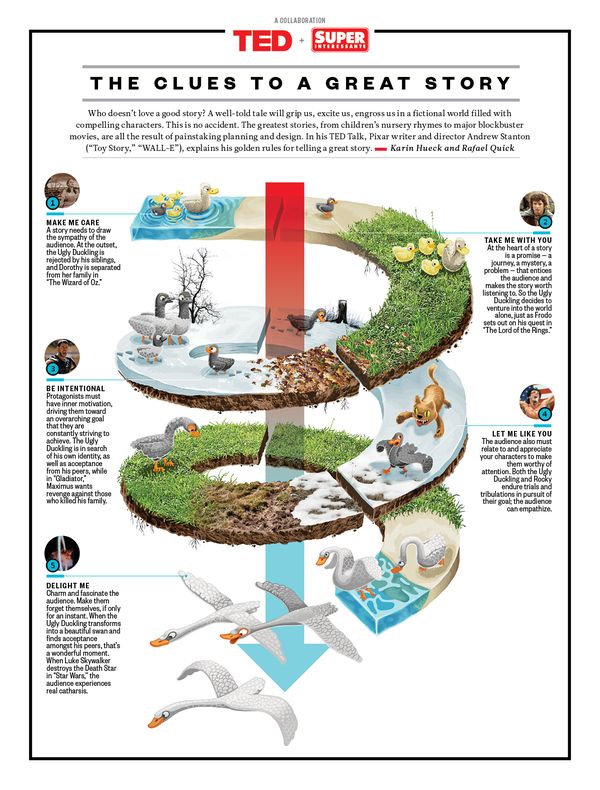Hope you had a Happy Thanksgiving.
I visited family.

One of the things that caught my attention was how attached to stories we are … our own, and the stories of others.
They help us decide who is naughty or nice. They help us decide who to spend more time with … and where we fit in.
Stories are emotion catalysts and amplifiers. Choose the 'right' ones, and you feel good. Focus on the 'wrong' one and you feel bad.
Well-told stories make us care. Humans use 'story' to make sense of things. If you create the narrative, the process is intentional. However, for most, the quality of our stories is not a conscious process.
How Do You Craft a Great Story?
A good story can make the gathering feel that much closer. A good story can flip a conversation at a party from completely awkward to wonderful.
A good story can glue your nose to a book. And, on screen, a good story can rivet generation after generation.
Story-telling is an important skill. So, how do you tell a good story?
Andrew Stanton, the Pixar writer and director behind both Toy Story and WALL-E, has many ideas, and he shared his expertise in his TED Talk, The clues to a great story .
Storytelling is like joke telling. It's knowing your punchline, your ending, knowing that everything you're saying, from the first sentence to the last, is leading to a singular goal, and ideally confirming some truth that deepens our understandings of who we are as human beings.
We all love stories. We're born for them. Stories affirm who we are. We all want affirmations that our lives have meaning. And nothing does a greater affirmation than when we connect through stories. It can cross the barriers of time, past, present and future, and allow us to experience the similarities between ourselves and through others, real and imagined.
Here is an infographic that sets out the basic steps to a great story.

Stories are not just for kids.
Make me care. Take me with you. Be intentional. Let me like you. Delight me.
Words to live by!


Leave a Reply